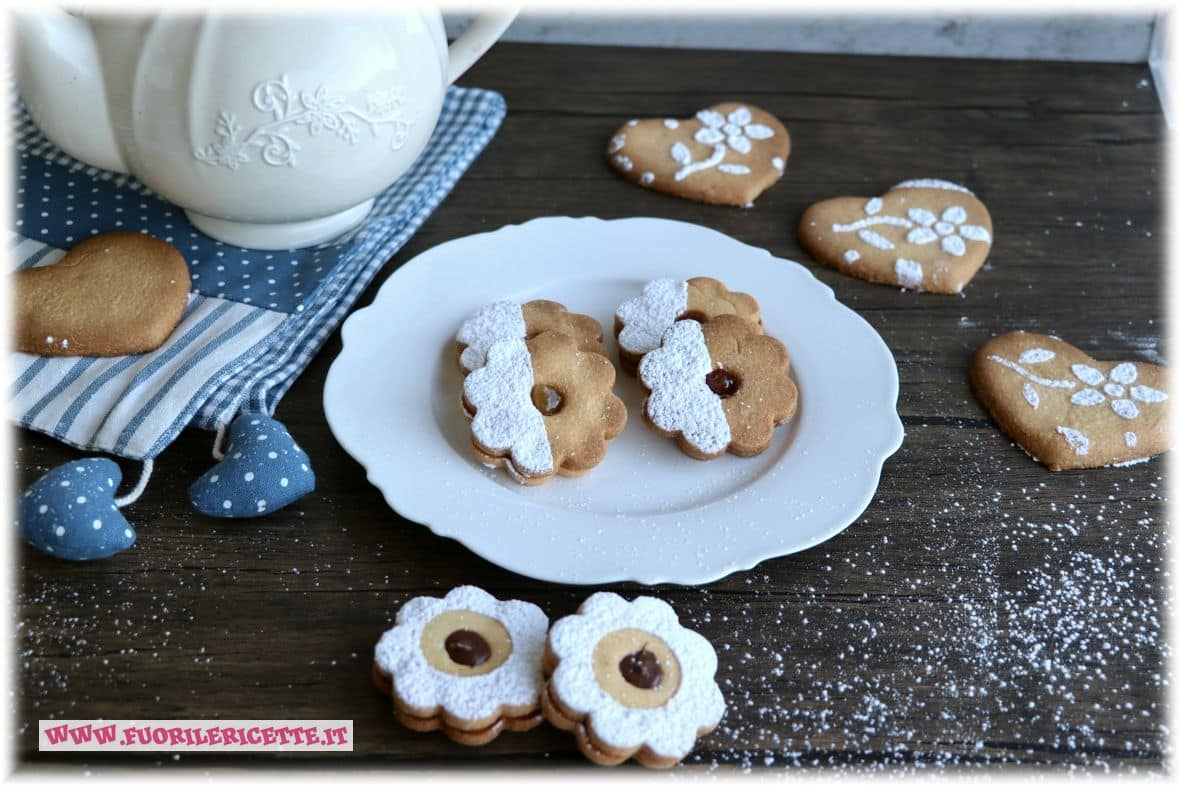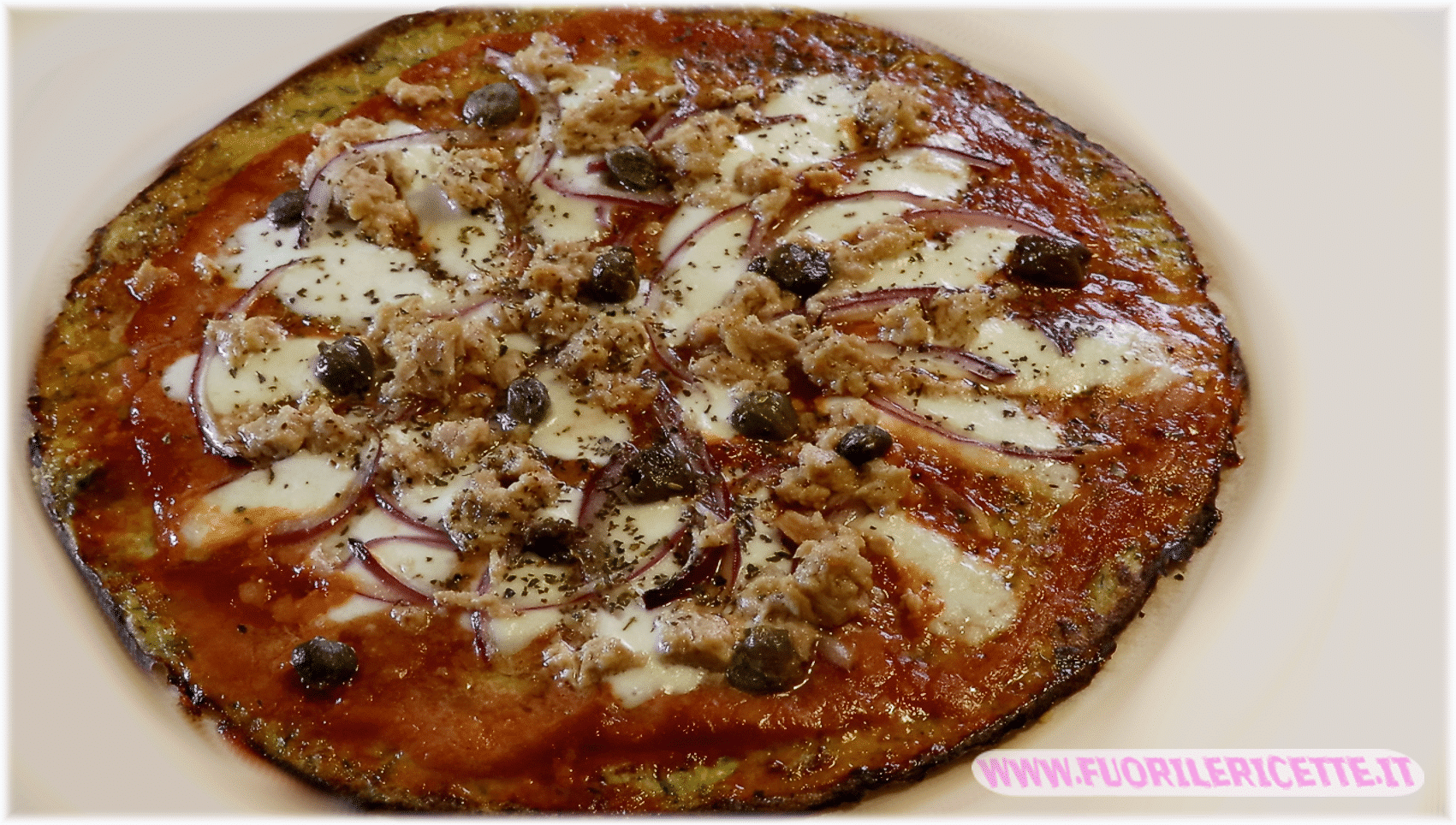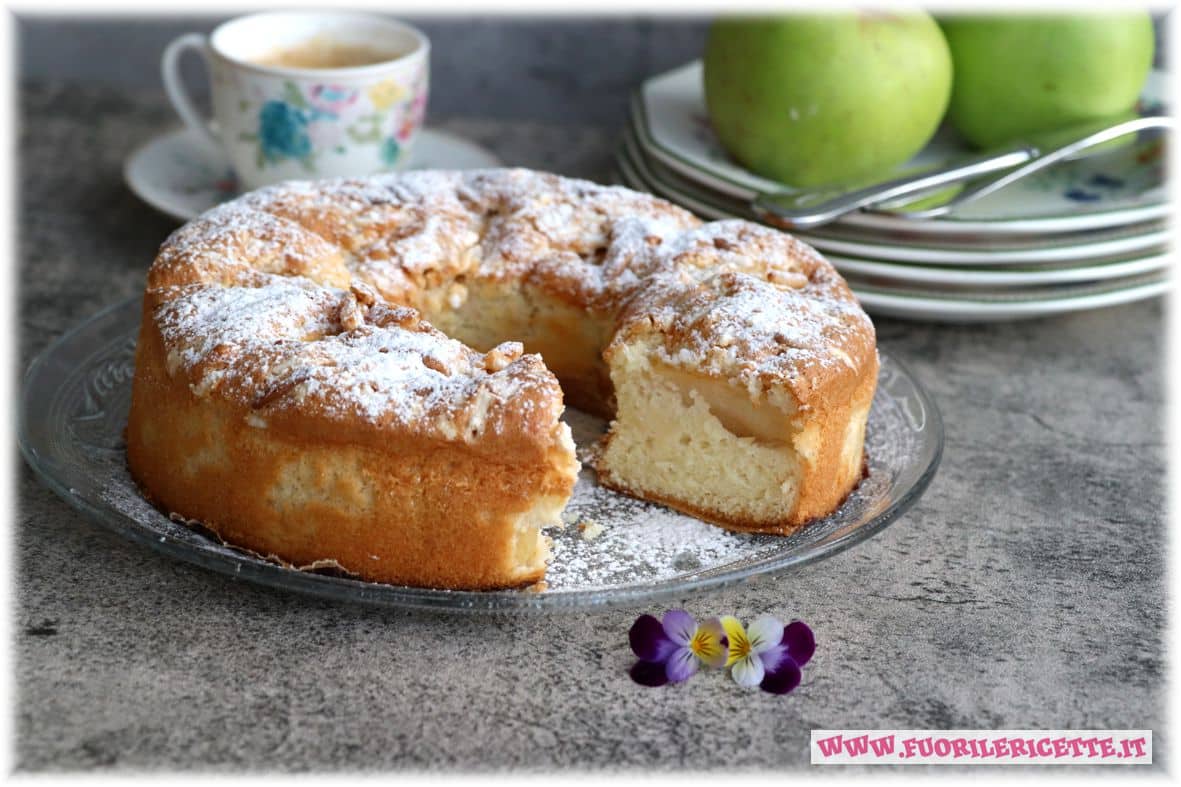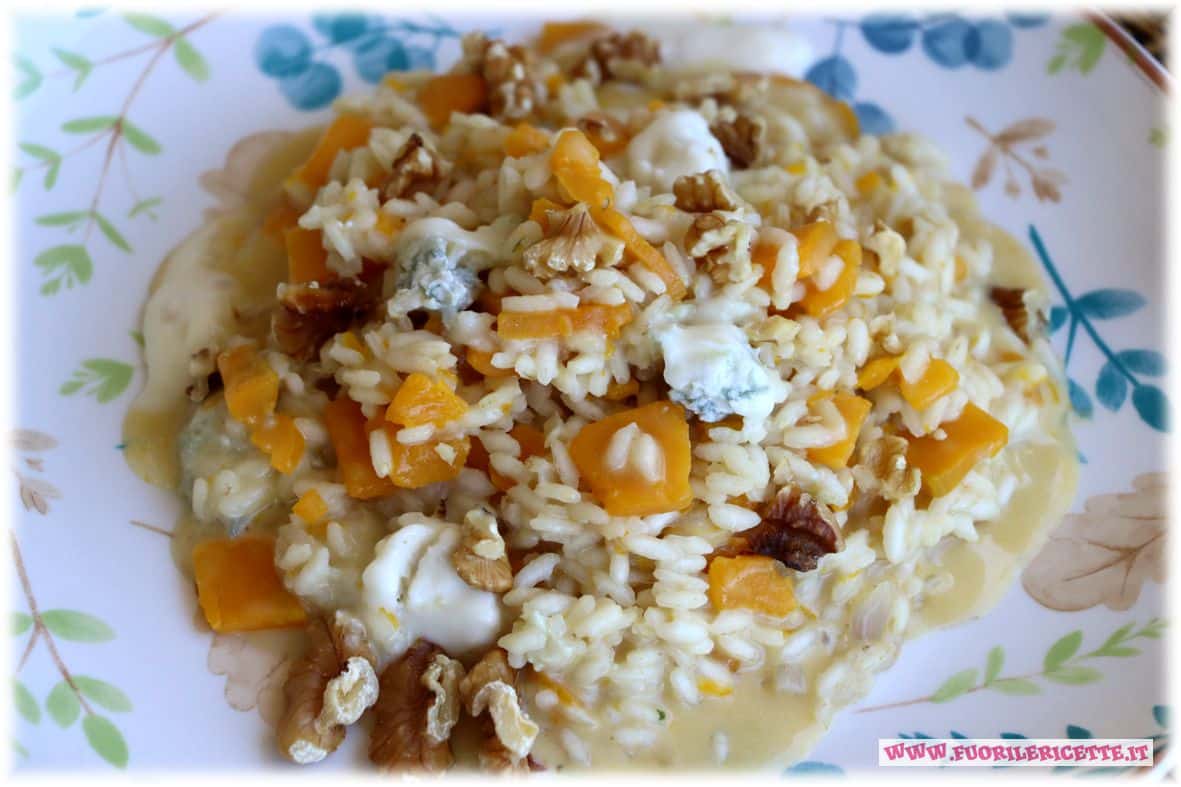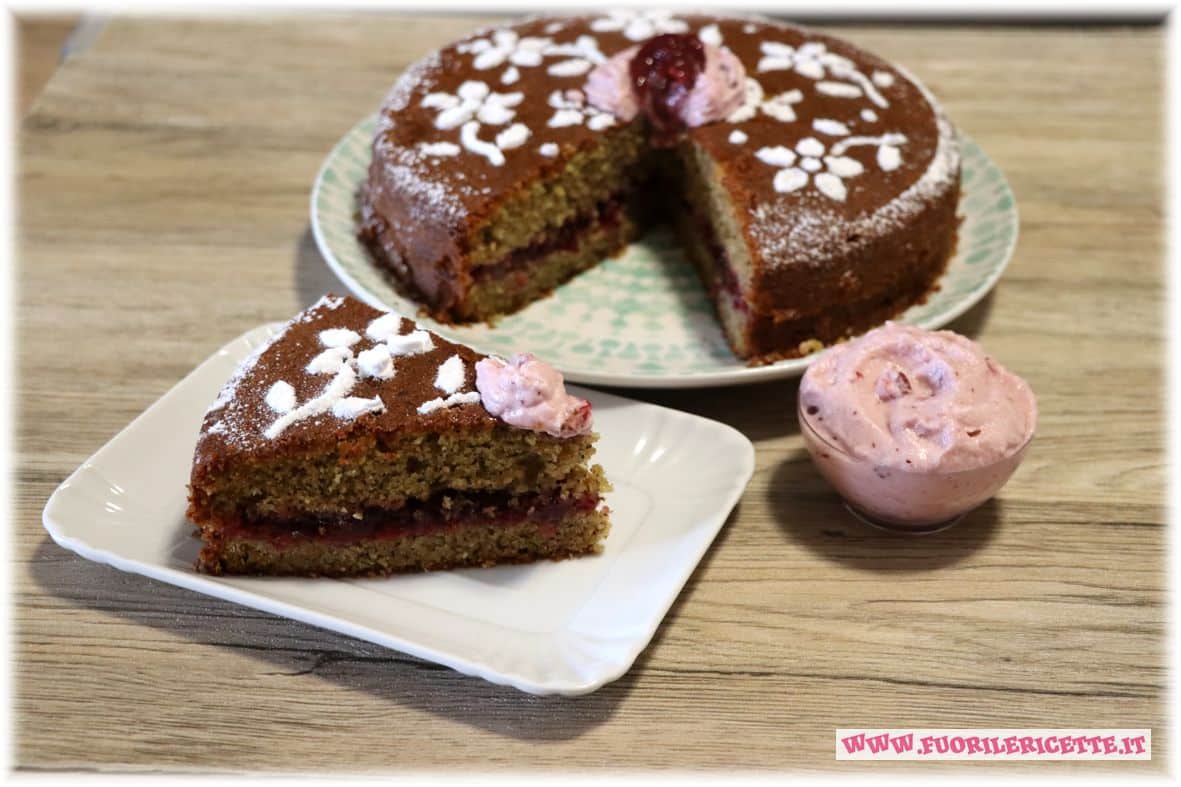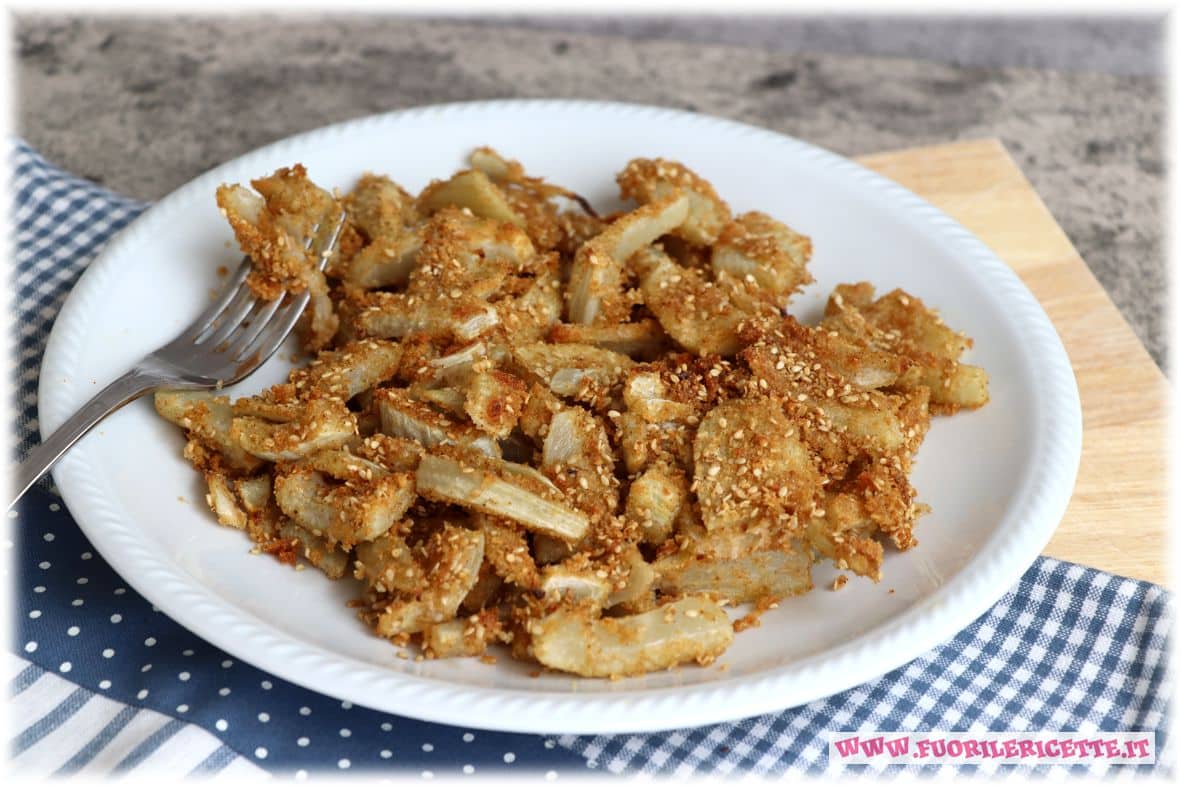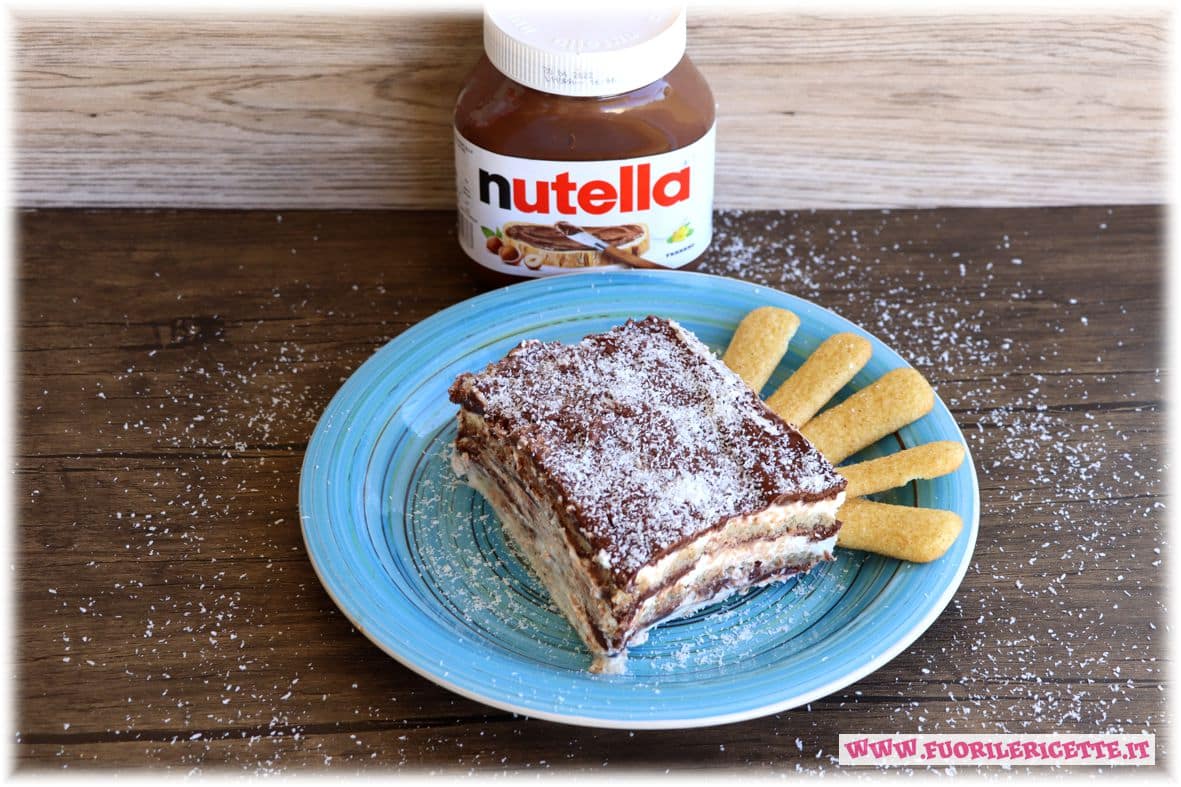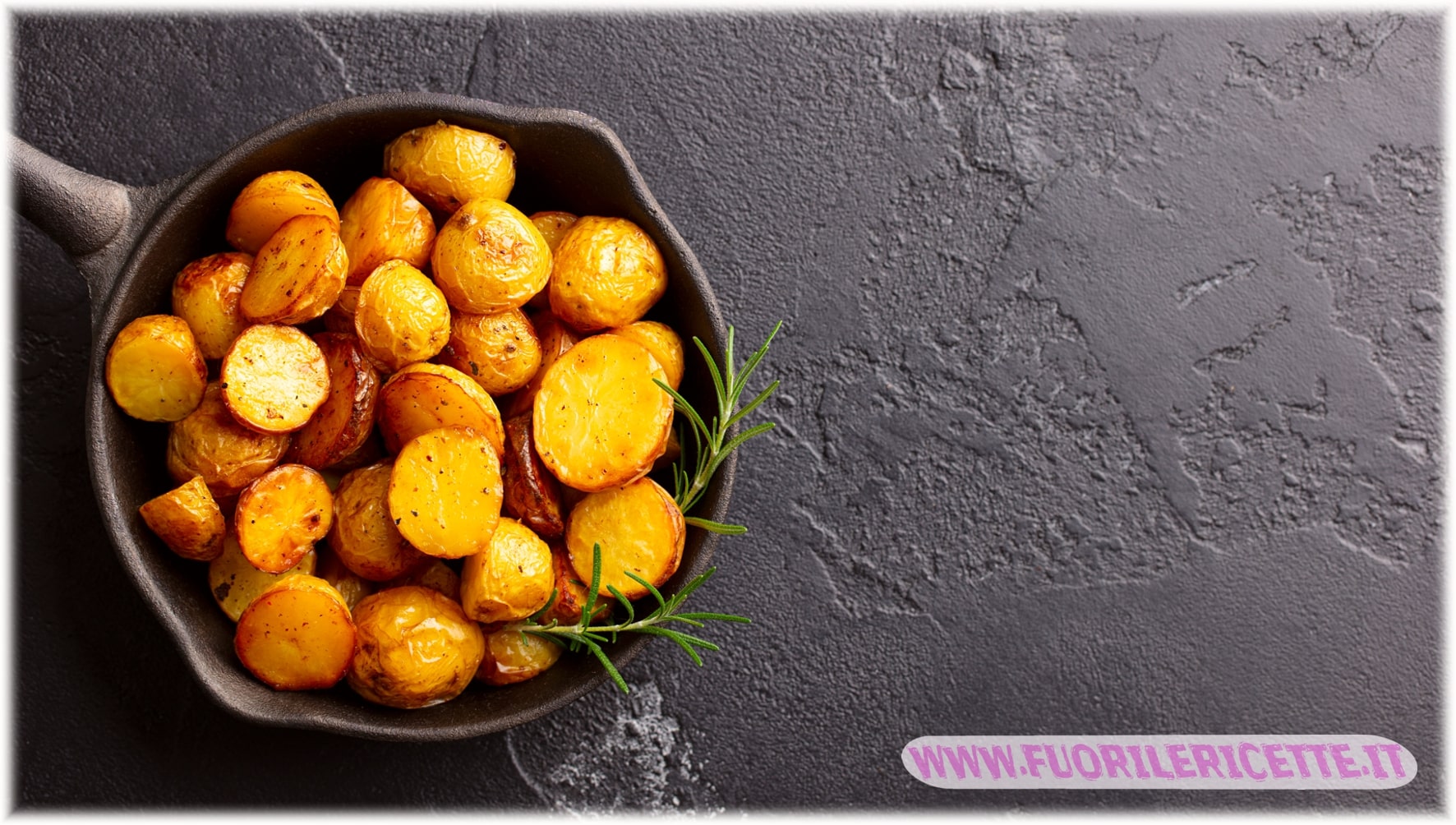Shortcrust pastry: 6 steps for a perfect result
Shortcrust pastry is a basic pastry dough, ideal for the preparation of crumbly biscuits and fragrant tarts.
Just like with pizza, shortcrust pastry is often prepared at home.
Perhaps, however, the result is not always what I hoped for, for a long time I myself have experimented with numerous recipes in search of the perfect pastry.
Then, some time ago, I decided to attend pastry courses to indulge my passion, and I discovered that by balancing the ingredients well and using a precise kneading method, you can get an excellent shortcrust pastry.
But one important thing must be said, there is no recipe suitable for every preparation.
We must first decide what result we want to achieve, and then consider some aspects, before choosing the ingredients to use and the working method.
For example: do we have to prepare tarts for our children’s snack that will be transported?
Then we will need a pastry that does not crumble easily.
While if we want to bake some tea biscuits, we can prepare a very crumbly pastry with a significant amount of butter.
I leave you some recipes at the end of the article, and indications on how I usually use them.
But now I want to share with you what I have learned, hoping it will be useful to you.
With a little experience it will be possible to prepare shortcrust pastry even without following a recipe.
Don’t believe it? So read the whole article, experiment and then let me know if I was wrong or not.
Now let’s see 6 steps for a perfect result, but remember, the first rule is: weigh all the ingredients, even the eggs, in pastry you need precision and patience.
Know the ingredients of the shortcrust pastry and their functions
Flour: it is possible to use various types of ‘0’ or ’00’ wheat flour, rice, corn, etc ..
The one that guarantees an optimal result is undoubtedly the ’00’ wheat flour, with strength w140-180, because it allows not to develop too much gluten during processing, which would make the dough tough and less crumbly.
Fats: good quality butter, oil, lard or margarine can be used.
The fats give the dough friability.
Sugars: the granulated one is the most used in home recipes and is good for a classic and crunchy shortcrust pastry.
For a finer pastry you need to use powdered sugar, which will make the dough even more crumbly.
Keep in mind that granulated sugar absorbs more liquid than powdered sugar.
So, by changing the type of sugar that we find in a recipe, we will have to recalibrate the part of the liquids, adding or subtracting some eggs or yolks.
We will see below how to calculate it.
Eggs: they represent the watery part of the dough, they can be used whole for a more elastic pastry (suitable for bottoms and pies); or use only the egg yolks for a more crumbly result (usually recommended for biscuits), or use only the egg white, in this case we will have a fairly compact pastry and once cooked it will be more fragile.
Aromas: we can choose between edible lemon peel, vanilla, cinnamon and finally add a pinch of salt to give flavor.
Nuts: one part of powdered nuts can be added to the dough, subtracting 3 parts of flour.
The important thing is that the quantity of nuts never exceeds the weight of the sugar.
It is advisable to use powdered sugar.
Cocoa: up to 5% cocoa can be added to the total weight of the flour, subtracting the corresponding amount of flour.
(for example we have this recipe for the shortcrust pastry with 1000 gr of flour 500 gr of butter and 500 gr of powdered sugar 100 gr of whole eggs; with the addition of cocoa they will become: 950 gr of flour, 50 gr of cocoa, 500 gr of butter and 500 gr of powdered sugar and 100 gr of whole eggs).
It is advisable to use whole egg and powdered sugar when adding cocoa to the pastry.
If, on the other hand, we use between 5% and 10% cocoa, we should subtract twice the weight of flour.
Low-butter doughs can be supplemented with a pinch of chemical yeast.
Traditional shortcrust pastry is composed as follows:
flour ’00’
butter: from 30% to 60% – referred to the total weight of the flour
sugar: from 25% to 60% – referred to the total weight of the flour (40% recommended).
The more sugar we add, the crispier and less crumbly the pastry will be.
The whipped shortcrust pastry (the one from sac à poche) needs a greater quantity of butter, between 60% and 80%.
A higher percentage is not recommended because the pastry could collapse in the oven.
Let’s keep this rule in mind:
More sugar and less butter = crunchy and less crumbly shortcrust pastry
More butter and less sugar = more crumbly pastry
Same weight of butter and sugar = classic or Milan shortcrust pastry, suitable for pies that must be transported, such as tartlets for a snack or with very moist fillings.
Once we understand what result we want to achieve, we can choose the quantity of butter and sugar and the type of eggs.
For example: we want to prepare a jam tart with a common pastry that spreads easily but is not too crunchy, therefore with a quantity of butter (50%) higher than that of sugar (40%).
So it will be composed as follows: 1000 gr of ’00’ flour + 500 gr of butter + 400 gr of granulated sugar.
But how many eggs / yolks should we use?
Calculate the amount of eggs needed in the shortcrust pastry
To find the right amount of liquids, just do a little mathematical calculation using the division coefficients, which change according to the type of sugar and eggs to be used.
Have you ever wondered why the pastry crumbles while we work it?
Often, it is precisely because there is no liquid inside the dough, so knowing how to calculate the correct amount of eggs to use will avoid this inconvenience.
Let’s take an example: to prepare the base of the jam tart that we have chosen in step 1, we will do this calculation:
1000 gr of flour +
500 gr of butter +
400 gr of granulated sugar =
total mixture 1900 gr.
dividing the total by 12, we get the weight of whole eggs that we will need for a perfect balance, so we will do:
1900: 12 = 159 grams of whole eggs.
Nothing difficult so far, but if we wanted to increase or decrease the amount of butter compared to 500gr, we would have to make a further calculation.
If the quantity of butter is greater than 50% of the total weight of the flour, we will have to subtract 60 from the total.
So it will be: 159 – 60 = 99 grams of whole eggs.
If the amount of butter is less than 50% we will have to add 60 to the total.
So it will be: 159 + 60 = 219 grams of whole eggs.
Below I leave you the coefficients to calculate the amount of eggs or yolks needed.
The balance must always be calculated on 1000 grams of flour.
If we want to prepare small quantities, we will subsequently divide the total obtained.
The coefficients to use:
Powdered sugar and egg yolks = total dough: 10; we will subtract 40 for every 100 grams of butter more, we will add 40 for every 100 grams less.
Powdered sugar and whole eggs = total dough: 20; – 35 for every 100 grams of butter more, + 35 for every 100 grams of butter less.
Powdered sugar and egg white = total mixture: 23; – 35 for every 100 grams of butter more, + 35 for every 100 grams of butter less.
Granulated sugar and egg yolks = total mixture: 6; – 75 for every 100 grams of butter more, + 75 for every 100 grams of butter less.
Granulated sugar and whole eggs = total mixture: 12; – 60 for every 100 grams of butter more, + 60 for every 100 grams of butter less.
Granulated sugar and milk = total mixture: 12.5; – 80 for every 100 grams of butter more, + 80 for every 100 grams of butter less.
Now that we understand how to choose and calculate our ingredients, how should we mix them?
Choose the mixing method
Whichever method we choose, keep in mind that heat is the enemy of the pastry, so we don’t have to work the ingredients for long, risking to heat the dough too much.
Classic method :
Put the slightly softened butter in the mixer with the sugar, vanilla and work them with the leaf whisk or K, add the eggs a little at a time, then the flour and salt.
We knead the dough only as long as it takes to assemble the ingredients.
Otherwise, a lot of gluten develops and we will have what is called “burnt” shortcrust pastry, which greases our hands and will lose its shape during cooking.
As soon as the dough is ready, put it between two sheets of parchment paper, flatten it slightly and let it rest in the refrigerator.
Sandblasted method :
This method greases the flour and waterproofs it, so the pastry holds moisture better and is more crumbly.
Pour the flour and cold butter into the planetary mixer (about 10 degrees), still using the leaf whisk we will work the ingredients creating a grainy compound that resembles sand, at this point we will add the sugar and finally the eggs.
We knead the dough as little as possible.
When the dough comes off the walls, remaining attached to the whisk, it will be the right time to stop the planetary mixer.
We pour the dough on the lightly floured work surface and give it the shape of a loaf.
Now put the pastry between two sheets of parchment paper, roll it out slightly and let it rest in the refrigerator.
Whipped method: used to prepare a pastry bag from sac à poche:
Put the softened butter, salt, vanilla and sugar in the mixer and mount them with a wire whisk, so as to make them incorporate air, and take on the consistency of an ointment, then add the lightly beaten eggs.
At this point we remove the wire whisk, insert the leaf or K and add the flour.
We put the mixture in a pastry bag and shape the preparation, usually biscuits.
Let’s put them in the fridge for at least 2 hours before putting them in the oven.
Shortcrust pastry with oil:
If we decide to prepare a pastry with oil, we will have to work it by hand.
We proceed by mixing the eggs and sugar with a whisk, then add the oil, herbs, salt and finally the flour.
We will let it rest in the refrigerator for 15-30 minutes before using it.
Let the shortcrust pastry rest .. it must hang …
Generally the shortcrust pastry should be left to rest in the refrigerator for at least 2 hours, or for 30 minutes in the freezer, for some recipes it is required to rest up to 12 hours.
To speed up the cooling it is better to spread it between two sheets of parchment paper after having formed the classic loaf.
After the rest time, we can use it.
But how can we roll out the shortcrust pastry without breaking it?
Roll out the shortcrust pastry
Once taken out of the fridge, the pastry will be very hard.
If we start rolling it out right away, it will inevitably break.
So we have to break and work in a planetary mixer with the leaf or by hand for a very short time, until it becomes plastic and it will therefore be possible to spread it easily without the risk of breaking it.
Alternatively, we can beat the surface of the pastry with a rolling pin to “soften” the dough slightly.
Dust the work surface with a little flour, arm ourselves with a rolling pin and give the dough the desired thickness.
For this there is no rule, I usually give a thickness of 4-5 mm for tea biscuits and tart bases; 3 mm for large biscuits on which I lay the creamy desserts, 3-4 mm for paired biscuits, like ox eyes.
It is important to roll out the pastry so that it has the same height over the entire surface.
If, on the other hand, we can invest a few euros more, then we buy a rolling pin with interchangeable side discs, with 5 different thicknesses.
It will also come in handy for egg pasta and brisee pasta.
Practice
There are many types of shortcrust pastry, I leave you some well-balanced recipes …
Try them and have fun customizing them using the information we have shared.
Common shortcrust pastry:
Classic or sandblasted method, I find it excellent for pies with jam and for white cooking.
500 grams of weak flour
250 gr of butter
200 grams of powdered sugar
50 grams of whole eggs
salt a pinch
1/2 vanilla bean – the seeds
Classic shortcrust pastry or Milan:
Classic or sandblasted method, is excellent for pies to carry and moist fillings such as pastiera.
500 grams of weak flour
250 gr of butter
250 grams of granulated sugar
85 grams of whole eggs
salt a pinch
1 vanilla bean – the seeds or edible peel of half a lemon
Sablè shortcrust pastry:
Classic method, in my opinion it is excellent for ox-eye biscuits and refined pies.
500 grams of weak flour
300 gr of slightly soft butter
200 grams of powdered sugar
80 gr of egg yolks
1 vanilla bean – the seeds or edible peel of half a lemon
1 gr of salt
By clicking here you will find the egg-free shortcrust pastry , which I usually use to make delicious tea biscuits and spoon dessert bases.
At what temperature to bake biscuits and pies? 170 ° – 180 ° static mode, or 160 ° ventilated mode will be fine.
The cooking times will of course vary according to the size and filling.
A medium-sized tart filled with jam cooks in about 30-40 minutes at 170 ° – 180 °.
While biscuits generally cook from 10 to 15 minutes at 170 ° – 180 °.
Now we are ready to go to work .. what do we want to prepare?
Please let us know if you liked this article and which basic preparation you would like to know more about.
Ti è piaciuto questo articolo?
Clicca sulla stella per votare!
Average rating 5 / 5. Vote count: 1
No votes so far! Be the first to rate this post.
Mi dispiace che nom ti sia piaciuto?
Come possiamo migliorarlo?
Dacci qualche consiglio...

